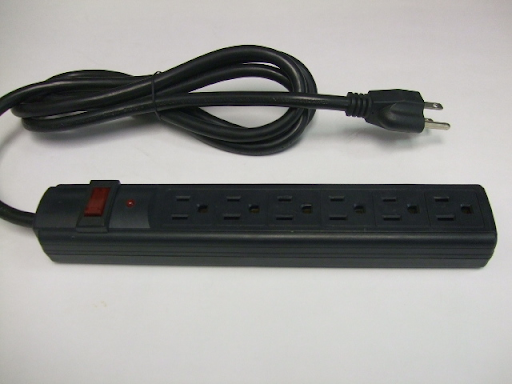Maximizing Power Strip Safety: 5 Most Common Mistakes To Watch Out For
Power strips offer a convenient way to access multiple outlets in a single location. They help power up laptops, computers, printers, and other electronics. With a power strip, you avoid the worry of having fewer outlets around the house to plug in all of your devices.
Apart from providing more outlets, power strips also help reduce the risk of damaging your electronics from voltage fluctuations. A surge protector built into a power strip ensures all your devices are safe and protected against sudden electric spikes. All these benefits make having at least one or two power strips around the house essential.
However, safety is a concern since a slight mistake can cause severe accidents. You must be careful when using a power strip to ensure safety. Here are five mistakes to avoid when using your power strip at home or the office.
1. Overloading the Power Strip
Extending your power outlet to support multiple devices does not mean you should plug all your home appliances concurrently. Also, it is not a permanent solution for connecting high-power devices like HVAC systems and refrigerators. Overloading the power strip is unsafe and increases electric shock or fire risks.
Another way you can overload an electric extension cord is by choosing one with the wrong amp rating. Most homes come with 15-amp and 20-amp outlets. That means you can use several devices together if you do not exceed the given amperage. But ensure you have a matching flat cord power strip for the outlet. A 10-amp can be disastrous when used on a 15-amp outlet and 18-amp devices.
2. Getting the Wrong Cable Size

https://pixabay.com/photos/power-outlet-power-strip-3285041/
Cable size can be wire thickness or the length of the cord. The gauge determines the current that can flow through the cable. Get thicker ones for power-intensive appliances. Also, measure the distance between your outlet and the work desk. That helps you get the correct cord size for connecting all your electronic devices.
Many people may think that only short power strips are inconvenient. But long electric cords are not the best either. Outdoor extension cords can be longer and serve you well. But those intended for indoor use must not exceed a specific measurement. Y using the distance from the outlet to your desk. Add one to two feet for adjustability allowance. However, going overboard can cause tripping hazards.
3. Not Unplugging When Not in Use

https://pixabay.com/photos/plug-power-outlet-power-strip-3285062/
Power strips often come with a switch. Some even allow you to shut off each device individually. That makes it even more convenient to leave everything plugged in when leaving. But it is not advisable to leave any device connected when no one is around. Unplug your power strip when not using, and switch off all connected devices.
Forgetting to turn off or unplug a power strip can be disastrous. You may expose your home to an electric surge if the power flickers or lightning strikes while the device is still connected. That destroys more than the power strip. The equipment and some of the home wiring might suffer a mishap. That is why you must unplug your power strip before leaving the house.
4. Hiding the Cord Under the Carpet
Keeping those cables neat can be frustrating. Various methods of cable management in the office can help keep your work desk organized. But there are better options than hiding them from visibility. Covered cables under the rug, behind furniture, or in tight spaces are dangerous.
It is not only inconvenient; it increases the risk of fire outbreaks due to accumulated heat. Cables running behind heavy objects or under the rug wear and tear because of heavy traffic. The best thing to do is arrange them under the desk, behind a cable tray. That is the only way to keep your home neat and safe.
5. Daisy Chaining

https://pixabay.com/photos/power-plug-connect-prongs-plug-in-4813915/
Have you ever wanted to use an extension cord but realized it is shorter than you wanted? Your first thought would be to get another and connect it to the first one. It would also give you more outlets to power more devices. But it is not the best idea. Daisy chaining or plugging two or more power strips together can be hazardous and cause an electric accident.
An extension cord plugged into another is unstable. That could lead to voltage drops and cause electric shocks. Also, attempting to load more devices than the extension cord can support can lead to fires, especially when connected to another power strip. The best thing to do is invest in a longer power strip. That will save you money, time, and the risk of fire outbreaks in your home.
Summing Up
Power strips are vital electronic components in our homes and offices. They improve convenience and help us make the most of our outlets. However, improper use can lead to huge losses and life-threatening accidents. Precautions, such as using appropriate cable sizes, unplugging when not in use, and avoiding daisy chaining, will save you money and keep your home safe.


